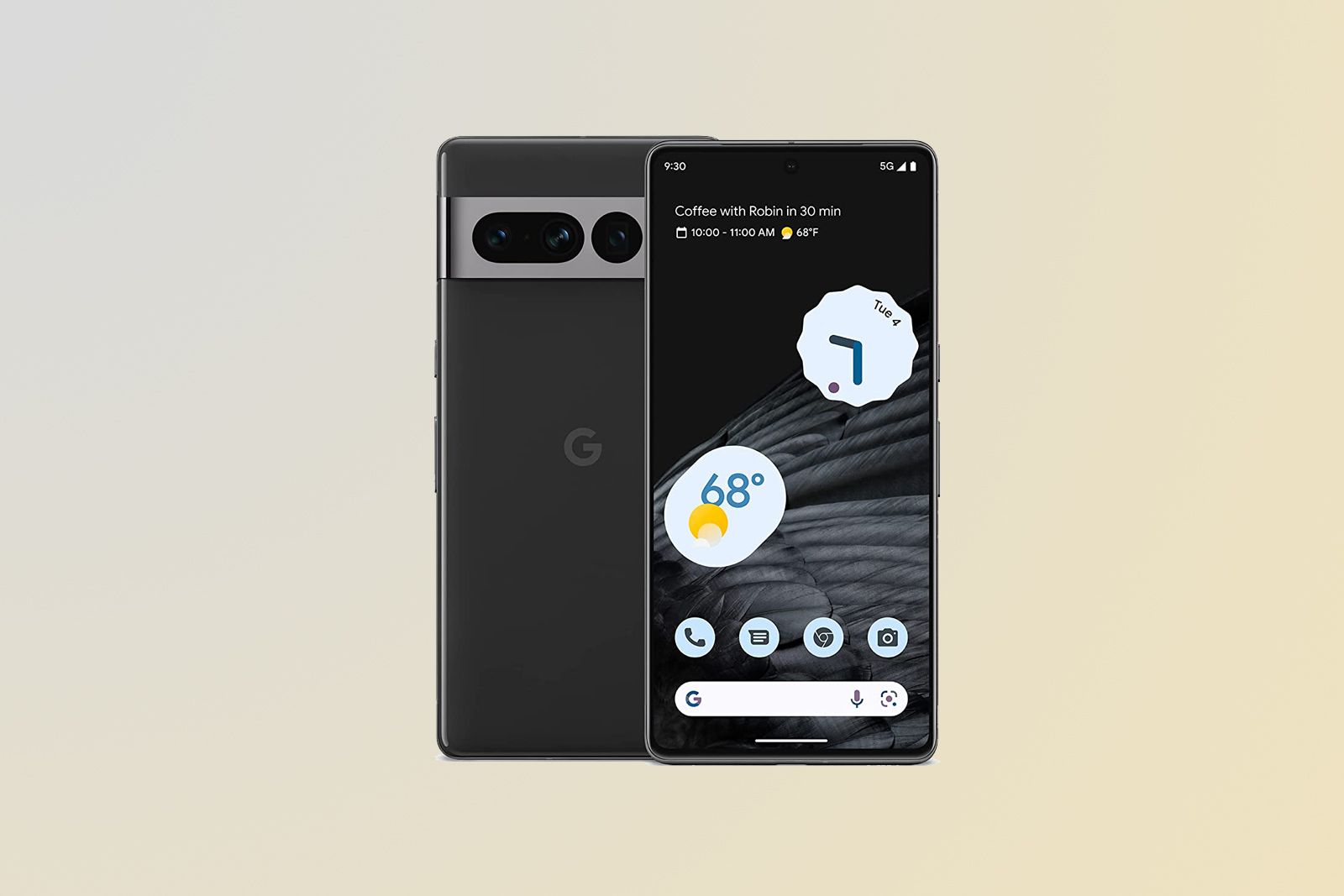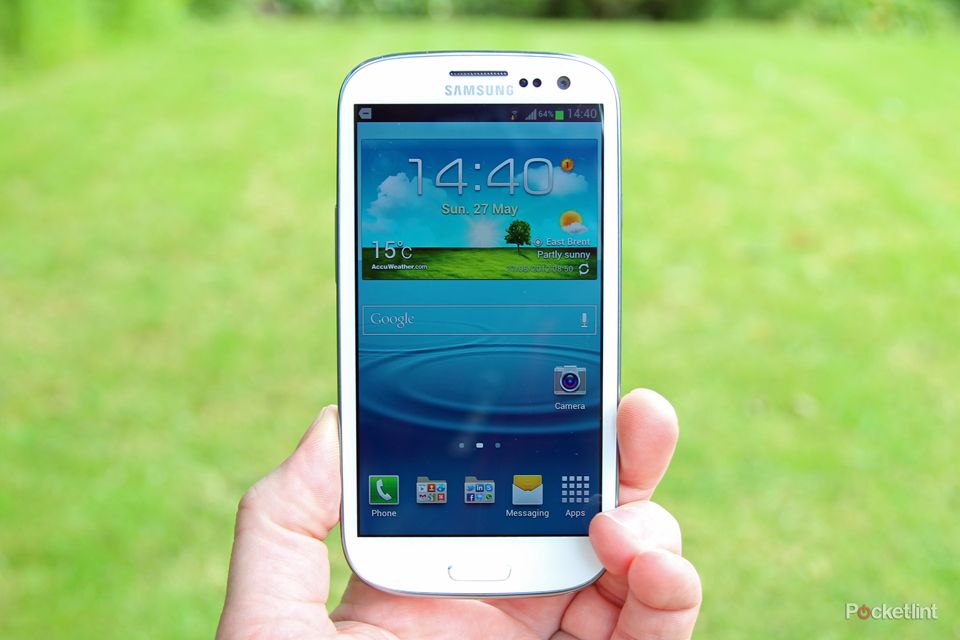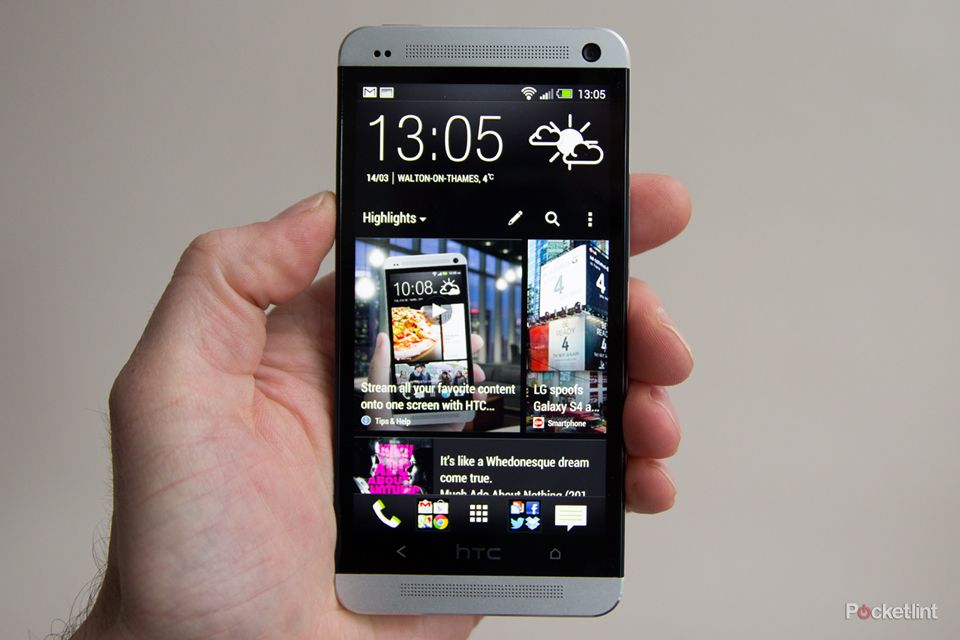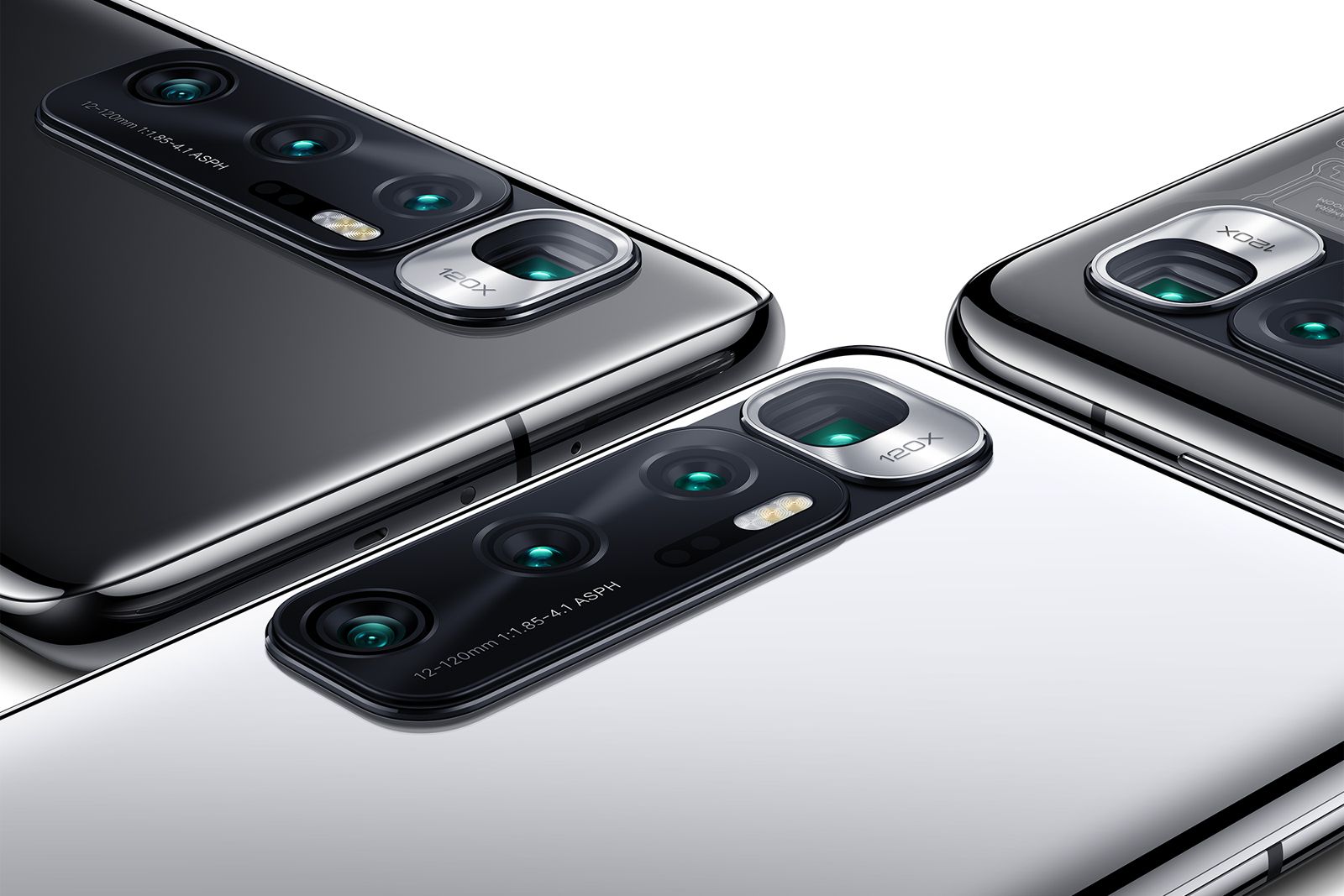Android is celebrating its fifteenth birthday in 2023. Having first launched in beta on 5 November 2007, Android 1.0 was launched in 23 September 2008. The primary Android machine was introduced concurrently, posing a problem to the then-incumbent smartphone king, Blackberry, and developed feature-phone stalwart, Nokia.
The Apple iPhone had been introduced a 12 months earlier on 9 January 2007 – and went on sale on 29 June 2007 within the US – because the world started to see the potential that smartphones supplied over function telephones. A lot of the legwork had been finished by Blackberry in these early days, with Home windows Cellular additionally offering impetus for the pc in your pocket that the smartphone was to turn out to be.
Since then, Android has grown to be the world’s dominant cell working system, with a claimed 70.5 per cent of the market share (data from Statista), in comparison with 28.8 per cent held by iOS. Nevertheless it’s not nearly software program, oh no, the rise of Android has been concerning the many Android telephones that have gotten us right here.
1 T-Cellular G1 – 2008
The primary Android telephone
Picture courtesy of Android Police
T-Cellular G1
- SoC
- Qualcomm MSM7201A
- Show
- 3.2in, 480 x 320 pixels
- Storage
- 192MB/256MB
- Working System
- Android 1
- Digicam (Rear, Entrance)
- 3.15MP
- Dimensions
- 117.7 x 55.7 x 17.1mm, 158g
The T-Mobile G1 is usually cited as being the primary Android telephone. A rebadged model of the HTC Dream, it went on sale on in October 2008. To problem the Blackberry Pearl and Curve gadgets that graced the fingers of each enterprise exec on the town, it had a full keyboard hiding behind the show. It was seen as important to supply a keyboard, however full contact functionality was additionally supported.
Essentially the most iconic factor of the T-Cellular G1 wasn’t actually the {hardware}, although, even with that 3.2-inch show that appeared enormous on the time. No, it was the clock widget on the house display. Android launched with the power to customize in a manner that hadn’t been seen earlier than. After all, the corporate behind this {hardware} was HTC, which was instrumental in establishing Android as a platform and dominated these early years of Android’s life. I first noticed the T-Cellular G1 at Cellular World Congress in 2009 some months after launch, and there was nonetheless a frisson of pleasure about Android and a query over whether or not it might survive in opposition to RIM’s Blackberry.
Then there was the fascinating “chin” within the backside of the telephone, one thing that was about to realize famous person standing.
2 HTC Hero – 2009
Redefined consumer expertise
HTC Hero
- SoC
- Qualcomm MSM7200A
- Show
- 3.2in, 480 x 320 pixels
- Storage
- 288MB / 256MB
- Working System
- Android 1.5 (Cupcake)
- Digicam (Rear, Entrance)
- 5MP
- Dimensions
- 112 x 56.2 x 14.35mm, 135g
HTC was a rising star in smartphones. Having been an OEM (unique tools producer) and made plenty of telephone {hardware}, the corporate noticed Android as a path to higher notoriety. No machine did extra for HTC than the HTC Hero, bringing with it considered one of Android’s defining traits: manufacturer skins. HTC Sense was born on the HTC Hero, though I might seen a few of it on HTC TouchFLO beforehand on Home windows Cellular gadgets.
HTC Sense pasted over the cracks in Android’s early UI. Android 1.5 – Cupcake – was given a complicated software program lick which included issues like assist for Adobe Flash, which meant that web video was supported. The touchscreen keyboard was responsive, there was a 3.5mm headphone socket (however no radio) and the navigation “pearl” set within the chin was harking back to my outdated Blackberry. For me, the HTC Hero actually put Android on the map as one thing to be taken significantly. After all, the Motorola Droid (or Milestone outside the US), was additionally making an influence – with the Droid model underlining Android on Verizon within the US.
3 Samsung Galaxy S – 2010
The muse of Samsung’s meteoric rise
Samsung Galaxy S
- SoC
- Samsung Exynos 3
- Show
- 4in, 480 x 800 pixels, Tremendous AMOLED
- Storage
- 8GB / 16GB
- Working System
- Android 2.1 (Eclair)
- Digicam (Rear, Entrance)
- 5MP rear; VGA entrance
- Dimensions
- 122.4 x 64.2 x 9.9-14mm, 119g
The Samsung Galaxy S wasn’t the primary Android telephone from the corporate. That was the Samsung Galaxy launched the 12 months earlier than, with the catchy GT-i7500 mannequin quantity. Samsung put the S on the tip of the identify to point out it was an evolution of the Galaxy – however in doing so, gave start to the most successful run of Android phones. Notably, it had a 4-inch show, with the central dwelling button flanked by capacitive navigation buttons.
Samsung had its personal pores and skin – referred to as TouchWiz – as a result of producers have been nonetheless attempting to promote the thought of full contact gadgets to folks. It was additionally an AMOLED show, Samsung having used the brand new show tech on a few earlier gadgets. That too, was to alter the face of cell phones, driving up high quality. Then, as now, Samsung was identified for its nice shows.
The Galaxy S additionally cemented a contemporary design language for Samsung, which is retained for its Android telephones. The corporate had been preserving an open thoughts about software program, however dropped Symbian in December 2010, because it leaned in direction of its personal platform Bada (a precursor of Tizen), which was additionally launched in 2010.
It is price mentioning that in 2010, Google got here ahead with its personal telephone, the Nexus One, constructed by (constructed by HTC), and designed as a developer machine, an indication that funding in Android was ramping up.
4 Samsung Galaxy Word – 2011
Taking huge screens mainstream
Samsung Galaxy Word
- SoC
- Snapdragon S3
- Show
- 5.3in, 1280 x 800 pixels, Tremendous AMOLED
- Storage
- 16GB
- Working System
- Android 4.0.4 (Ice Cream Sandwich)
- Digicam (Rear, Entrance)
- 8MP rear; 2MP entrance
- Dimensions
- 146.8 x 83.1 x 9.7mm, 180g
Whereas HTC was churning – and I imply churning – out telephones in these early days, it was Samsung who then made a shock transfer with the launch of the Galaxy Word. You would possibly assume the Galaxy Word is not that essential, however having a 5.3-inch show in 2011 appeared like insanity. It was an influence play from Samsung, pushing the thought of larger shows, nevertheless it attracted a whole lot of criticism.
In our review of the Galaxy Note, we stated customers would “really feel like a plum holding one to their ear” due to the sheer dimension. Properly Samsung clearly knew one thing that we did not, as a result of the Galaxy Word laid the muse for contemporary telephones. Then there was the S Pen. This was a throwback to Home windows Telephone gadgets that wanted a stylus (and so cruelly mocked by Steve Jobs on the 2007 iPhone launch), however you may’t have a word and not using a pen, so the inclusion made sense.
5 Samsung Galaxy S III – 2012
Demonstrated Samsung’s critical dedication to Android
samsung galaxy S III
- SoC
- Exynos 4412
- Show
- 4.8in, 1280 x 720 pixels, Tremendous AMOLED
- Storage
- 16GB / 32GB / 64GB
- Working System
- Android 4.0.4 (Ice Cream Sandwich)
- Digicam (Rear, Entrance)
- 8MP rear; 1.9MP entrance
- Dimensions
- 136.6 x 70.6 x 8.6mm, 133g
It is maybe merciless to have one other Samsung telephone on this record, however for me, the Samsung Galaxy S III was the telephone that scared HTC. It went up in opposition to the likes of the HTC One X, nevertheless it was symbolic of Samsung’s rise to dominance. Particularly, the promoting round SGS3 (as all of us referred to as it) was prolific, as Samsung regarded to claim itself.
Samsung’s telephones have been a delight for house owners – headphone sockets, SD card assist, detachable batteries – there have been so many choices. Together with that nice AMOLED show – now at 4.8-inches – there was the introduction of S Voice, mysteriously the 12 months after the launch of Siri. On the time, Samsung’s consumer interface looked quite close to Apple, significantly in using skeuomorphic icons. SGS3 was a terrific success, and a terrific telephone, nonetheless.
6 HTC One (M7) – 2013
Pushed the boundary of premium design
HTC One M7
- SoC
- Snapdragon 600
- Show
- 4.7in, 1920 x 1080 pixels, Tremendous LCD3
- Storage
- 32GB / 64GB
- Working System
- Android 4.1.2 (Jelly Bean)
- Digicam (Rear, Entrance)
- 4MP rear; 2.1MP entrance
- Dimensions
- 137.4 x 68.2 x 9.3mm, 143g
HTC had been experimenting with supplies and finishes on its many telephones by the previous few years and in 2013, it hit a masterstroke. If it was searching for one thing to battle again in opposition to Samsung, then the M7 was it. The M7 identify was the codename, with HTC attempting to name all its telephones “HTC One”, however spawning huge confusion. The M7 was appended to the machine identify so folks may differentiate.
What was essential about this design was that it was unibody aluminium. The HTC One (M7) was superbly curved throughout the again, becoming properly into the hand for a 4.7-inch machine. HTC geared up the telephone with twin front-firing audio system trying to leverage its majority stake in Beats (sure, the Beats now owned by Apple).
The sound high quality was wonderful, fixing that tinny sound downside that affected most smartphones on the time. It was additionally a terrific piece of commercial design, just about the top of HTC’s smartphone design. A notable point out must also go to the Moto G, which additionally launched in 2013, designed to be extra inexpensive, and bringing high quality and curiosity to an entire new market section.
7 OnePlus One – 2014
The defining telephone for the cult of Android
OnePlus One
- SoC
- Snapdragon 801
- Show
- 5.5in, 1920 x 1080 pixels, LCD
- Storage
- 16 GB / 64GB
- Working System
- Android 4.42 (KitKat)
- Digicam (Rear, Entrance)
- 13MP rear; 5MP entrance
- Dimensions
- 152.9 x 75.9 x 8.9mm, 162g
As Android had been growing by varied variations – we have been on KitKat by that stage – there was a subculture effervescent away trying to mod gadgets. When the OnePlus One launched with Cyanogen OS, and a selective waitlist, the corporate exploded onto the scene with a cult following unseen since. A lot of that got here all the way down to the technique of Carl Pei – now working Nothing to a lot the identical impact.
OnePlus One targeted on the necessities, wanting to provide its followers entry to highly effective {hardware} with out the bloat and at costs that have been exhausting to beat. It took a while for folks to determine that OnePlus was sitting underneath the identical umbrella as Oppo (the 2 corporations are actually a lot nearer), however for a short while, OnePlus was the telephone an Android fan completely needed to have.
8 Sony Xperia Z5 Premium – 2015
Sony’s flexes its 4K muscle
Sony Xperia Z5 Premium
- SoC
- Snapdragon 810
- Show
- 5.5in, 3840 x 2160 pixels, LCD
- Storage
- 32GB
- Working System
- Android 5.1.1 (Lollipop)
- Digicam (Rear, Entrance)
- 23MP rear, 5.1MP entrance
- Dimensions
- 154.4 x 75.8 x 7.8mm, 180g
I’ve maybe been slightly merciless with Sony Cellular – and Sony Ericsson – which has a glittering historical past of Android gadgets. The Xperia Z undoubtedly made its mark in 2013 when it was launched with a glass sandwich design, a design that is nonetheless evident in Sony telephones. However the Xperia Z5 Premium landed with a 4K show. That made it the primary telephone with a 4K show – 3840 x 2160 pixels – and an 806ppi.
Are you able to think about it, 806ppi! On the time it was the best pixel density of any telephone and it has just about held on to that document. The digital camera would additionally supply 4K, so video playback was 4K, however there was no assist for streaming 4K content material – all the things else was upscaled. On the time this felt like the long run, nevertheless it’s a future that by no means arrived: 4K shows nonetheless aren’t frequent on smartphones.
9 Huawei P9 – 2016
The Huawei telephone you could not ignore
huawei p9
- SoC
- Kirin 995
- Show
- 5.2in, 1920 x 1080 pixels, LCD
- Storage
- 32GB / 64GB
- Working System
- Android 6.0 (Marshmellow)
- Digicam (Rear, Entrance)
- 12MP RGB, 12MP mono rear; 8MP entrance
- Dimensions
- 145 x 70.9 x 7mm, 144g
Huawei now won’t be thought-about an Android telephone by many (because of the Google ban in 2019), however the Huawei P9 actually made an influence. It had two cameras on the rear, a partnership with Leica, one lense designed particularly to seize monochrome info, the opposite RGB. It was the beginning of a ramp-up of recognition of Huawei gadgets for a number of years.
Huawei went huge on its international attain, with an enormous London launch of the Huawei P9, which performed host to Henry Cavill (Superman) and Scarlett Johansson (Black Widow) and naturally, me. However on the identical time, Huawei’s meteoric rise wasn’t solely fuelled by superstar occasions and fancy collaborations – in 2015 it had manufactured the Nexus 6P which received the corporate into the consciousness of many Android followers.
10 Samsung Galaxy Word 7 – 2017
The speak of smartphones in 2017
Samsung Galaxy Word 7
- SoC
- Exynos 8890 Octa
- Show
- 5.7in, 2560 x 1440 pixels, Tremendous AMOLED
- Storage
- 64GB
- Working System
- Android 6.0.1 (Marshmellow)
- Digicam (Rear, Entrance)
- 12MP rear; 5MP entrance
- Dimensions
- 153.5 x 73.9 x 7.9mm, 196g
Oh sure, I went there. The trail by Android telephones would not be full with out the debacle that was the Galaxy Word 7. Following stories of battery malfunctions, Samsung took the choice to drag the whole product line, globally. The excellent Galaxy Word 7 – which I really loved when I reviewed it – was taken off market. A report in the LA Times said that the recall value the corporate a cool $5.3 billion.
However there was an essential lesson to be realized. Batteries have to be rigorously managed and monitored, as there are nonetheless warnings round lithium-ion cells on plane and in postal providers, partly as a result of that lingering Word 7 incident – what do you do in case your telephone catches hearth?
11 Google Pixel 3 XL – 2018
The start of computational images
google pixel 3 xl
- SoC
- Snapdragon 845
- Show
- 6.3in, 2960 x 1440 pixels, OLED
- Storage
- 64GB / 128GB
- Working System
- Android 9.0 (Pie)
- Digicam (Rear, Entrance)
- 12.2MP rear; 8MP entrance
- Dimensions
- 158 x 76.7 x 7.9mm, 184g
If the Pixel telephone had been seen as some type of pet undertaking for Google, the launch of the Pixel 3 (and Pixel 3 XL) modified that. It modified all the things. The Google Pixel 3 was the telephone that propelled Pixel into the Android-buying consciousness for one good motive: Night Sight.
With the ability to flip darkness into mild was an enormous change for smartphone cameras that had sometimes struggled with low mild situations. Google rolled into city with computational images and the remaining is historical past. A brand new benchmark was set, which each single producer has tried to beat since. That low mild struggle nonetheless rages and Pixel, for my part, remains to be successful. What’s fascinating is that Google did not transfer to a multi-camera association as quick as others, however 2019 was an actual benchmark for multi-camera methods.
12 Huawei P30 Professional – 2019
Launched the periscope lense
Huawei P30 Professional
- SoC
- Kirin 980
- Show
- 6.47in, 2340 x 1080 pixels, OLED
- Storage
- 128GB / 256GB / 512GB
- Working System
- Android 9.0 (Pie)
- Digicam (Rear, Entrance)
- 40MP most important, 8MP telephoto, 20MP ultrawide; 32MP entrance
- Dimensions
- 158 x 73.4 x 8.4mm, 192g
We have talked about Huawei earlier than, we have talked about 2019, however Huawei’s most important telephone was launched in that 12 months. It was additionally the final telephone to have Google Cellular Providers, the final of a line of strong gadgets. However let’s rejoice it for what it was good at: images.
Above all the things else, the Huawei P30 Pro was an impressive telephone for images, and probably the most important machine when it got here to zoom. It was the primary mass-market machine with a periscope lens for 5x optical zoom. Bear in mind, the iPhone 15 Pro Max solely received that in 2023 – that is how trailblazing the Huawei P30 Professional was.
With the software program ban swinging in, the P30 Professional was the final machine that Huawei was allowed to have the complete Google providers on and it surprisingly went by a design refresh because of that. I miss the Huawei P30 Professional, it was excellent on the time.
13 Xiaomi Mi 10 Extremely – 2020
Set the usual for quick charging
Xiaomi
Xiaomi Mi 10 Extremely
- SoC
- Snapdragon 865
- Show
- 6.67in, 2340 x 1080 pixels, OLED
- Storage
- 128GB / 256GB / 512GB
- Working System
- Android 10
- Digicam (Rear, Entrance)
- 48MP most important, 48MP telephoto, 12MP telephoto, 20MP ultrawide; 20MP entrance
- Dimensions
- 162.4 x 75.1 x 9.5mm, 221.8g
Quite a bit occurred in 2020, though most of us stayed at dwelling for it. I did not make it to Cellular World Congress as a result of the present was cancelled and the world principally shut down. In the meantime, Xiaomi went and launched a telephone that would cost at 120W – the Mi 10 Ultra. Maybe the warnings of the 2017 Galaxy Word 7 hadn’t been heeded – however one thing else was sparked. The fast-charging race that is nonetheless raging at this time.
As much as that time, corporations have been boasting about 50W charging, however 2020 marked the beginning of incrementally sooner charging on gadgets. Chinese language manufacturers actually went for it – Oppo, Vivo, and Lenovo-owned Motorola, for instance, whereas manufacturers like Google and Samsung (and Apple), nonetheless do not supply these kinds of speeds.
However hear up: quick charging is nice, as a result of in the event you forgot to cost your telephone, it is only a fast blast and also you’re good to move out and occasion. And who does not need that?
14 Samsung Galaxy Z Flip 3 – 2021
A folding telephone for everybody
Samsung Galaxy Z Flip 3
- SoC
- Snapdragon 888
- Show
- 6.7in, 2640 x 1080 pixels, AMOLED
- Storage
- 128GB / 256GB
- Working System
- Android 11
- Digicam (Rear, Entrance)
- 12MP most important, 12MP ultrawide; 10MP entrance
- Dimensions
- Unfolded: 166 x 72.2 x 6.9mm; Folded: 86.4 x 72.2 x 15.9-17.1mm, 183g
Sure, there was a full vary of folding telephones that got here earlier than the Z Flip 3, however the Z Flip actually made its mark in 2021. With a few iterations out of the best way, Samsung had taken the time to refine the design and enhance the show. And the Flip is extra important than the flagship Fold, as a result of it sells extra broadly, and has rather more basic attraction.
What’s unbelievable is that Samsung was on its third-gen machine in 2021, streaks forward of different manufacturers, a few of which solely entered the market 2-years later. I suppose that is the benefit of being the producer of the versatile pOLED panels utilized in such gadgets. Will folding phones be the long run? We’ll have to attend and see.
15 Google Pixel 7 Professional – 2022
Delivering progress for Google telephones
Google Pixel 7 Professional
- SoC
- Google Tensor G2
- Show
- 6.7in, LTPO, 3120 x 1440 pixels, 120Hz, as much as 1500nits
- Storage
- 128GB / 256GB / 512GB
- Working System
- Android 13
- Digicam (Rear, Entrance)
- 50MP most important, 12MP ultrawide, 48MP telephoto; 10.8MP entrance
- Dimensions
- 162.9 x 76.6 x 8.9mm, 212g
Out of this entire record of gadgets, selecting the telephone for the final 12 months has been the toughest. Why? As a result of 2022 felt like a little bit of a fallow 12 months. Definitely, there hasn’t been a whole lot of innovation out there in the case of {hardware}, as a result of the main focus is shifting to AI as a substitute. So it is maybe acceptable that Google will get that closing honour, being one of many greatest proponents of AI in smartphones. Google has additionally doubled its market share within the US with the Pixel (according to Canalys) so it is doing one thing proper.
The Pixel 7 Pro noticed a maturing Google design (now iterated within the Pixel 8 Pro), with the telephone working Android 13 at launch. Once more, the Pixel 7 Professional hammered dwelling Google’s computational images abilities, with enhanced Evening Sight and Tremendous Res Zoom being an enormous a part of the providing. Magic Eraser and the power to unblur faces have been the icing on the picture modifying cake. It is also becoming that that is my closing alternative, as a result of the Pixel is Android as Google meant. There are Pixel extras, in fact, however in any other case it is an uncluttered instance of the 15-year-old software program platform.
Let’s elevate to cheer to the subsequent 15 years – I’m wondering the place they are going to take Android smartphones?

Google / Pocket-lint
Google Pixel 7 Professional
Pixel 7 Professional builds on the muse of the Pixel 6 Professional, providing a extra refined design, beautiful digital camera efficiency and clear software program.
Trending Merchandise

Cooler Master MasterBox Q300L Micro-ATX Tower with Magnetic Design Dust Filter, Transparent Acrylic Side Panel, Adjustable I/O & Fully Ventilated Airflow, Black (MCB-Q300L-KANN-S00)

ASUS TUF Gaming GT301 ZAKU II Edition ATX mid-Tower Compact case with Tempered Glass Side Panel, Honeycomb Front Panel, 120mm Aura Addressable RGB Fan, Headphone Hanger,360mm Radiator, Gundam Edition

ASUS TUF Gaming GT501 Mid-Tower Computer Case for up to EATX Motherboards with USB 3.0 Front Panel Cases GT501/GRY/WITH Handle

be quiet! Pure Base 500DX ATX Mid Tower PC case | ARGB | 3 Pre-Installed Pure Wings 2 Fans | Tempered Glass Window | Black | BGW37

ASUS ROG Strix Helios GX601 White Edition RGB Mid-Tower Computer Case for ATX/EATX Motherboards with tempered glass, aluminum frame, GPU braces, 420mm radiator support and Aura Sync












